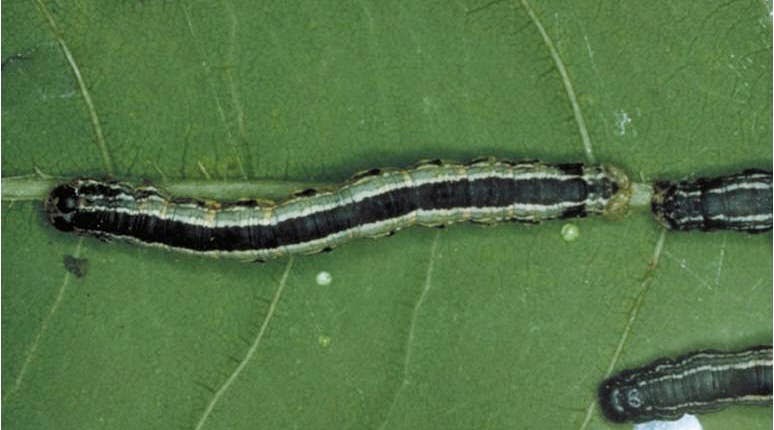County to spray Mason District Park to eradicate fall cankerworms
 |
| Fall cankerworm caterpillars. [Virginia Department of Forestry photo] |
Fairfax County urban foresters will begin aerial spraying
to suppress fall cankerworm caterpillars around the third week in April.
to suppress fall cankerworm caterpillars around the third week in April.
A total of 2,200 acres will be treated, including 61
acres in Mason District encompassing the southern half of Mason District Park in Annandale
between Oak Hill Drive and Old Columbia Pike. The other areas to be sprayed are
in the Lee and Mount Vernon districts.
acres in Mason District encompassing the southern half of Mason District Park in Annandale
between Oak Hill Drive and Old Columbia Pike. The other areas to be sprayed are
in the Lee and Mount Vernon districts.
It’s important to eradicate fall cankerworm caterpillars because
they can kill trees by defoliating them, states a news release from the Urban
Forest Management Division of the Fairfax County Department of Public Works and Environmental Services.
The spraying will be done via helicopter. It’s usually done early in the morning and at
dusk. However, it could continue all day if weather conditions permit. The county won’t know in advance when the spraying will
start; it depends on the weather.
dusk. However, it could continue all day if weather conditions permit. The county won’t know in advance when the spraying will
start; it depends on the weather.
The county will use a naturally occurring bacterium, Bacillus thuringiensis (Bt), as an
insecticide. According to the county, “Extensive research has shown that Bt is
not harmful to people, pets, plants, or beneficial insects, such as honeybees.
The spray will not harm painted surfaces, and residues can be removed with soap
and water.”
insecticide. According to the county, “Extensive research has shown that Bt is
not harmful to people, pets, plants, or beneficial insects, such as honeybees.
The spray will not harm painted surfaces, and residues can be removed with soap
and water.”
The caterpillar stage of the fall cankerworm, Alsophila pometaria, often referred to as inchworms or loopers, feed on a wide variety of
trees but tend to prefer maples, hickories, ashes, and oaks, all of which are plentiful
Fairfax County.
trees but tend to prefer maples, hickories, ashes, and oaks, all of which are plentiful
Fairfax County.
The caterpillars emerge
in early spring and feed on leaves for about a month. After they mature, they
drop off the trees, enter the soil, and pupate. The wingless females and their
egg masses can be seen on the trunks of trees in January and February.
in early spring and feed on leaves for about a month. After they mature, they
drop off the trees, enter the soil, and pupate. The wingless females and their
egg masses can be seen on the trunks of trees in January and February.
For more information on fall cankerworms and the spraying
program, tune in to an “Ask Fairfax” chat next Wednesday, 2 p.m., with Joan
Allen of the Urban Forest Management Division. Questions can be submitted in advance.
program, tune in to an “Ask Fairfax” chat next Wednesday, 2 p.m., with Joan
Allen of the Urban Forest Management Division. Questions can be submitted in advance.

